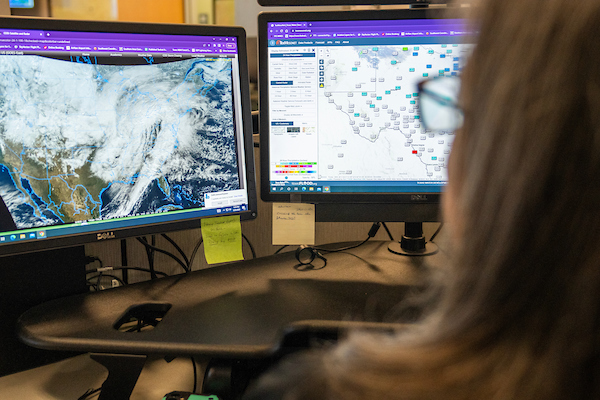AgriLife Extension webinar to highlight geospatial tools and resources for landowners
Sept. 5 program will introduce mapping tools to aid in land management decisions
The Texas A&M AgriLife Extension Service will present the “Geospatial Tools and Resources for Texas Landowners” webinar on Sept. 5 from noon to 1 p.m.

Geospatial tools, such as Google Earth, enable the mapping and analysis of a wide array of geographic features that play a critical role in guiding land management decisions.
The webinar is part of the ongoing Department of Rangeland, Wildlife and Fisheries Management Stewardship Series.
Cost is $35, and advance registration is required at https://tx.ag/GeospatialTools.
After payment is received, an email will be sent with instructions on how to access the webinar.
Using technology to aid in land management
Featured speakers are Addie Smith, program coordinator and Kevin Skow, geospatial analyst, both with the Texas A&M Natural Resources Institute, Bryan-College Station.
“Geospatial science allows us to use information technology to understand the natural world around us and answer or inform questions related to land management,” Smith said.
Smith said examples include finding a suitable location to build a pond, identifying areas of best potential forage output for livestock and much more.
The presentation will focus on introducing landowners to free and publicly accessible tools such as Google Earth, Web Soil Survey and Map My Property while providing examples of how each can be used for basic land management applications.
For questions, contact Casey Matzke, AgriLife Extension program manager, Bryan-College Station, at [email protected].





